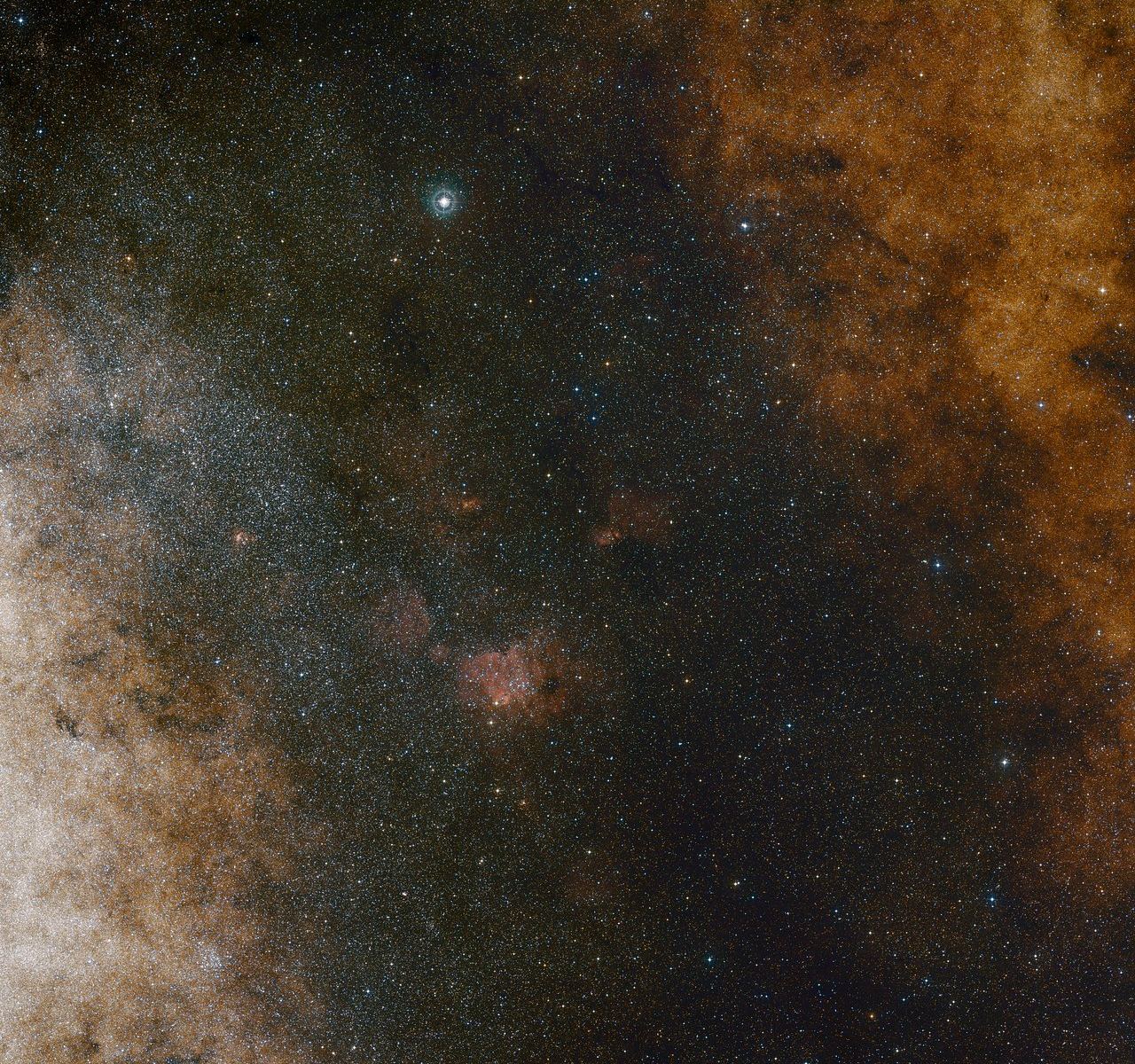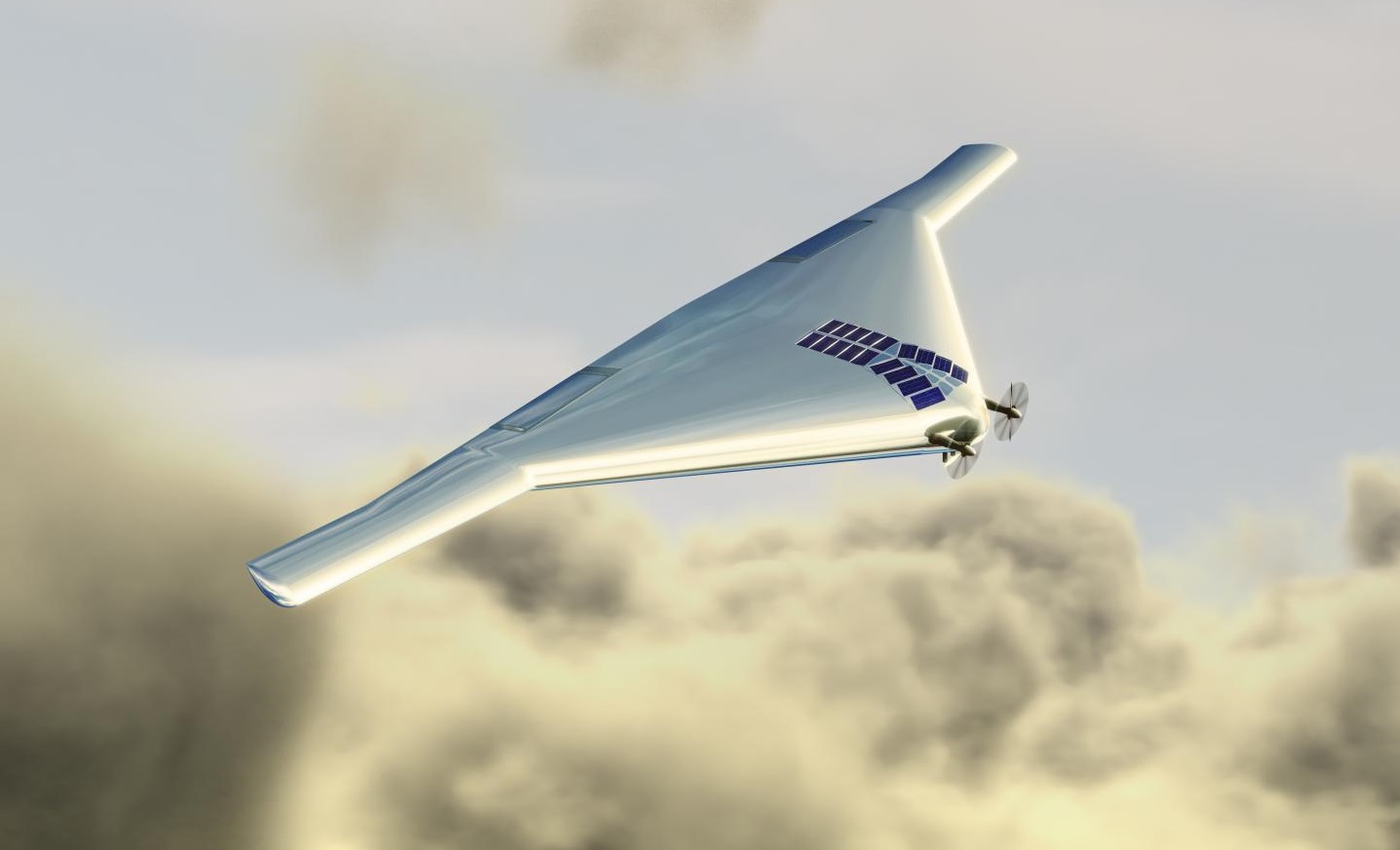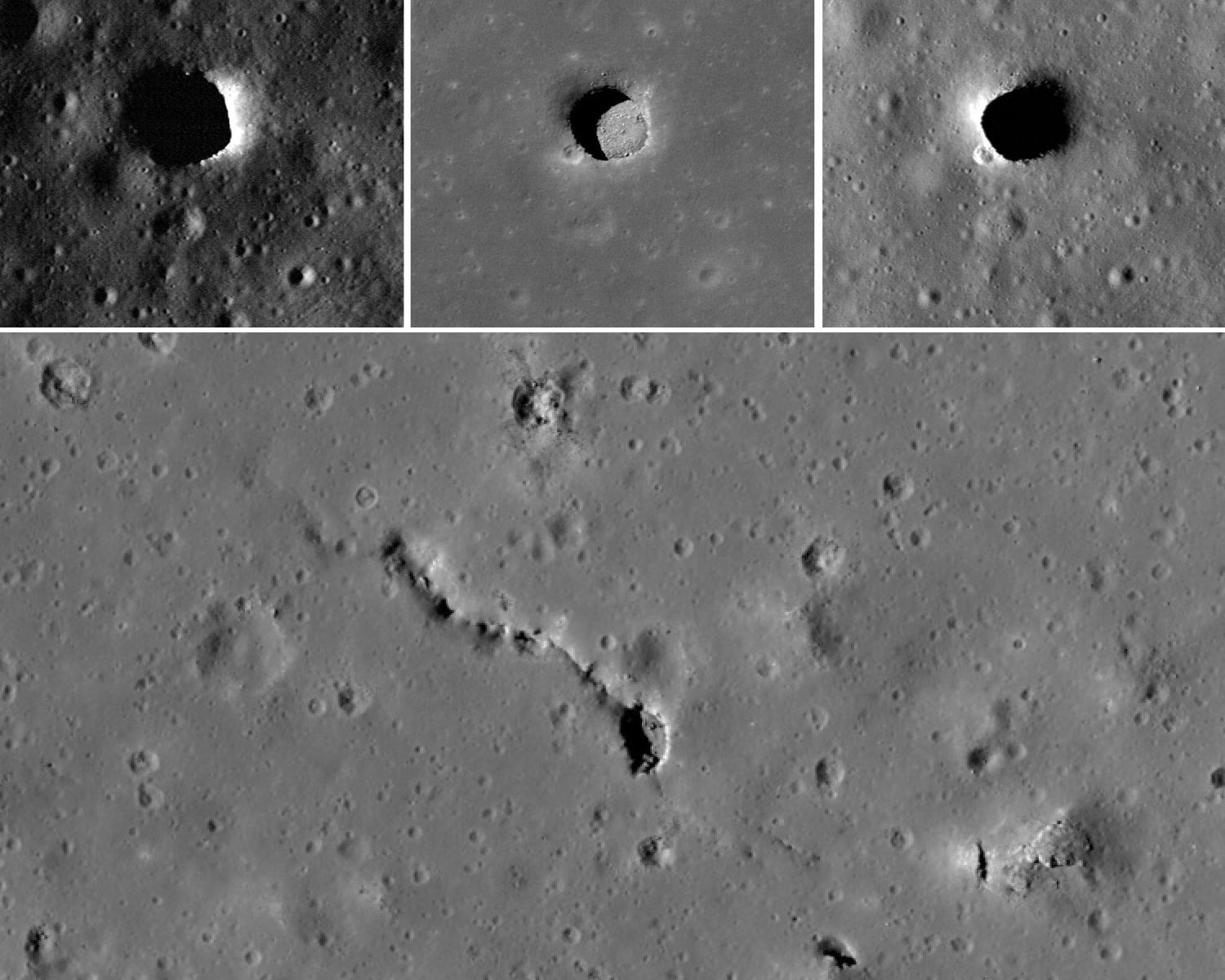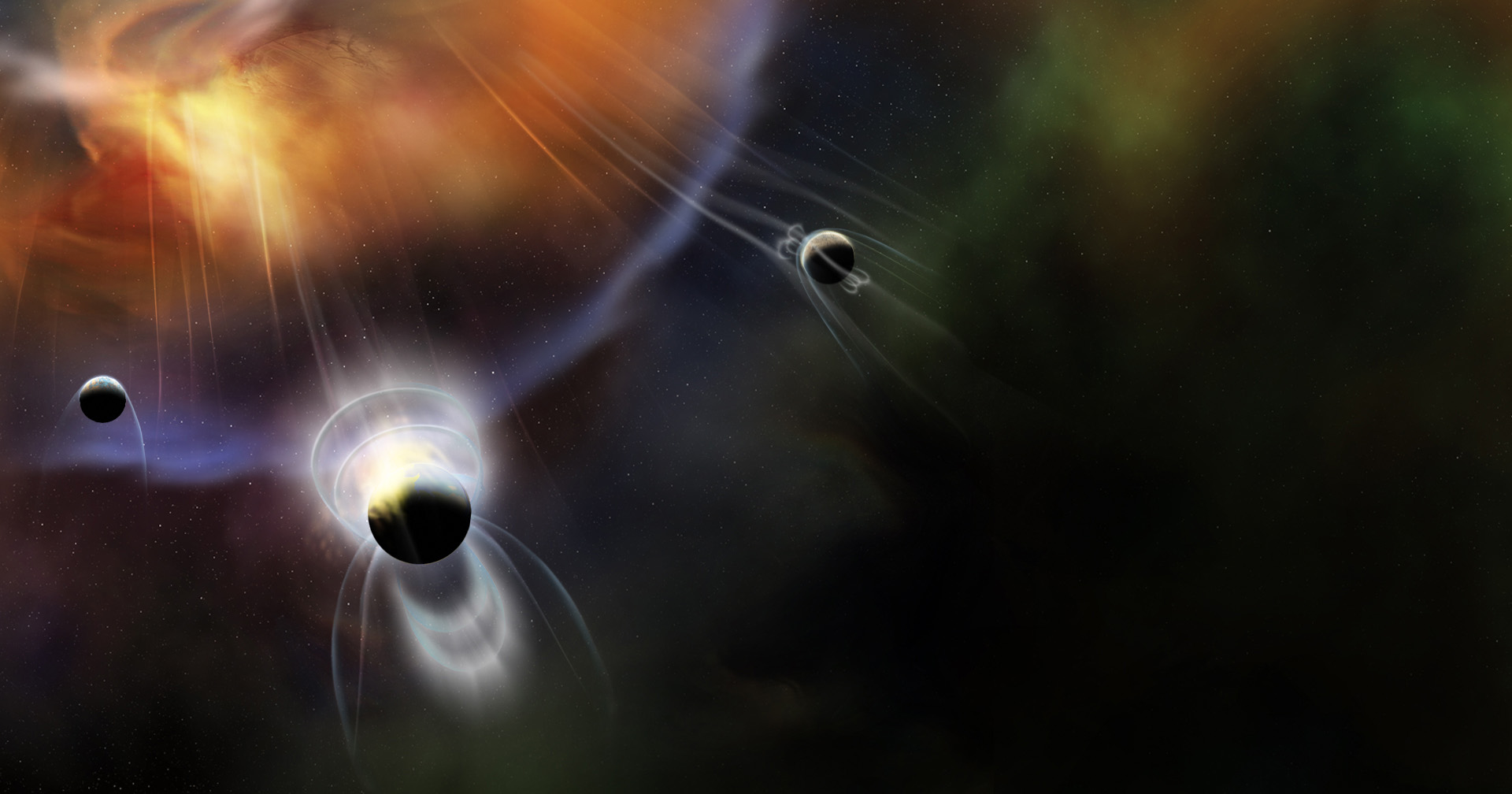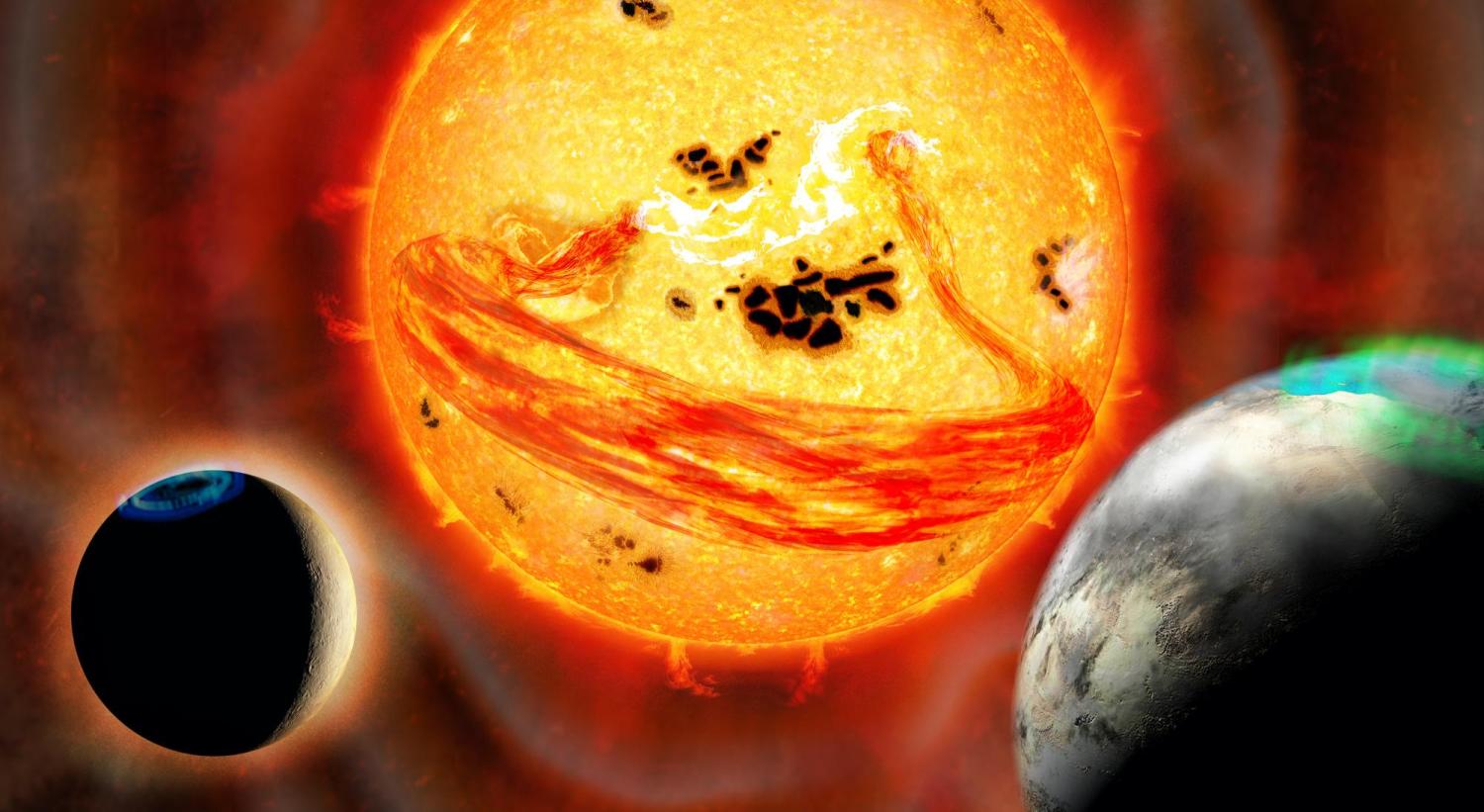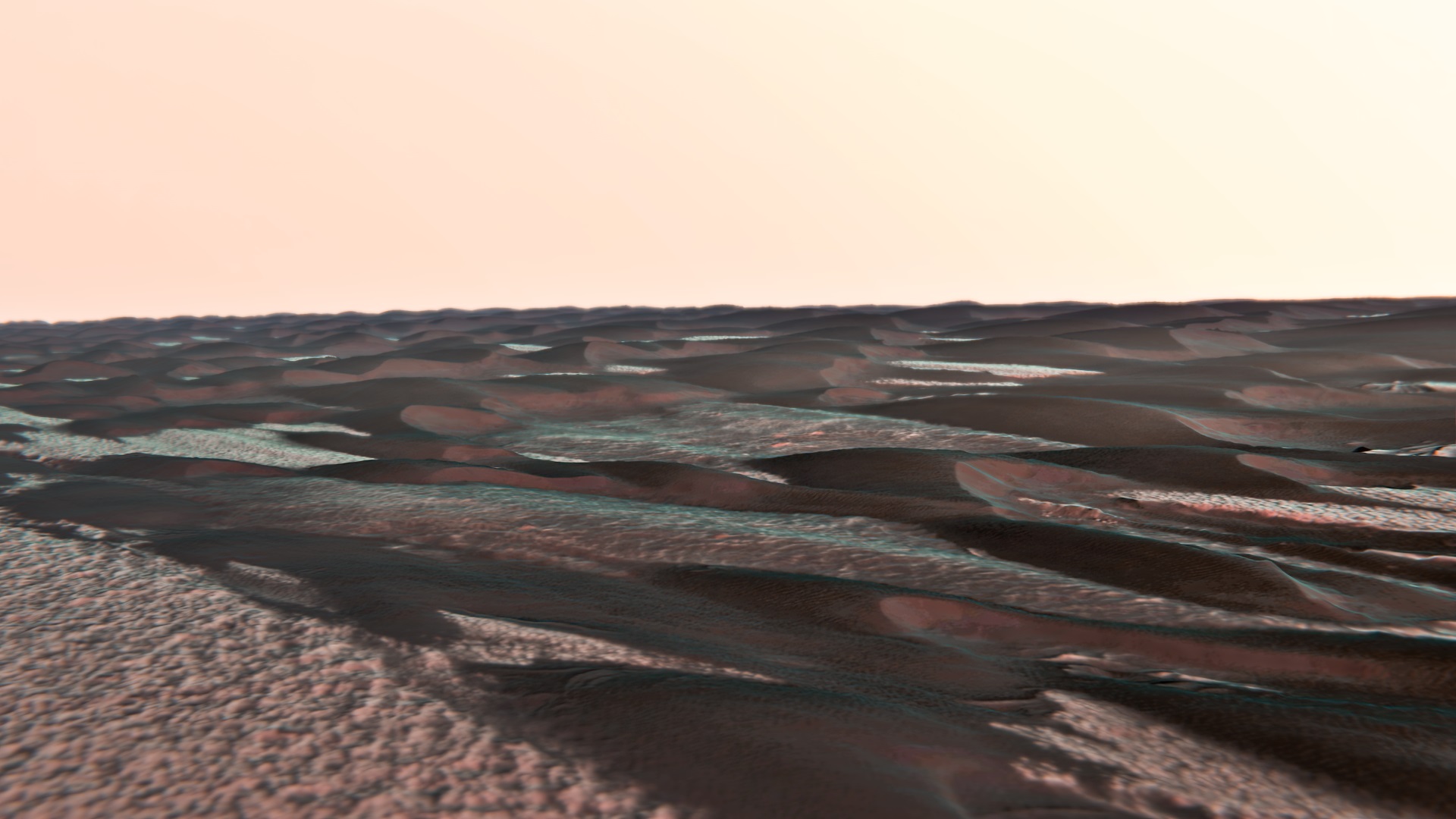In the 1960s, American physicist Robert W. Bussard proposed a radical idea for interstellar travel: a spacecraft that relied on powerful magnetic fields to harvest hydrogen directly from the interstellar medium. The high speed of this “ramjet” forces the hydrogen into a progressively constricted magnetic field until fusion occurs. The magnetic field then directs the resulting energy towards the rear of the spacecraft to generate propulsion.
As it’s come to be known, the Bussard Ramjet has since been popularized by hard science fiction writers like Poul Anderson, Larry Niven, Vernor Vinge, and science communicators like Carl Sagan. Unfortunately, a team of physicists recently analyzed the concept in more detail and concluded that Bussard’s idea is not practical. At a time when interstellar travel looks destined to become a real possibility, this analysis might seem like a wet blanket but is more of a reality check.
Continue reading “New Calculations Show That an Interstellar Bussard Ramjet Drive Would Need a Magnetic Field Stretching 150 Million Kilometres”

